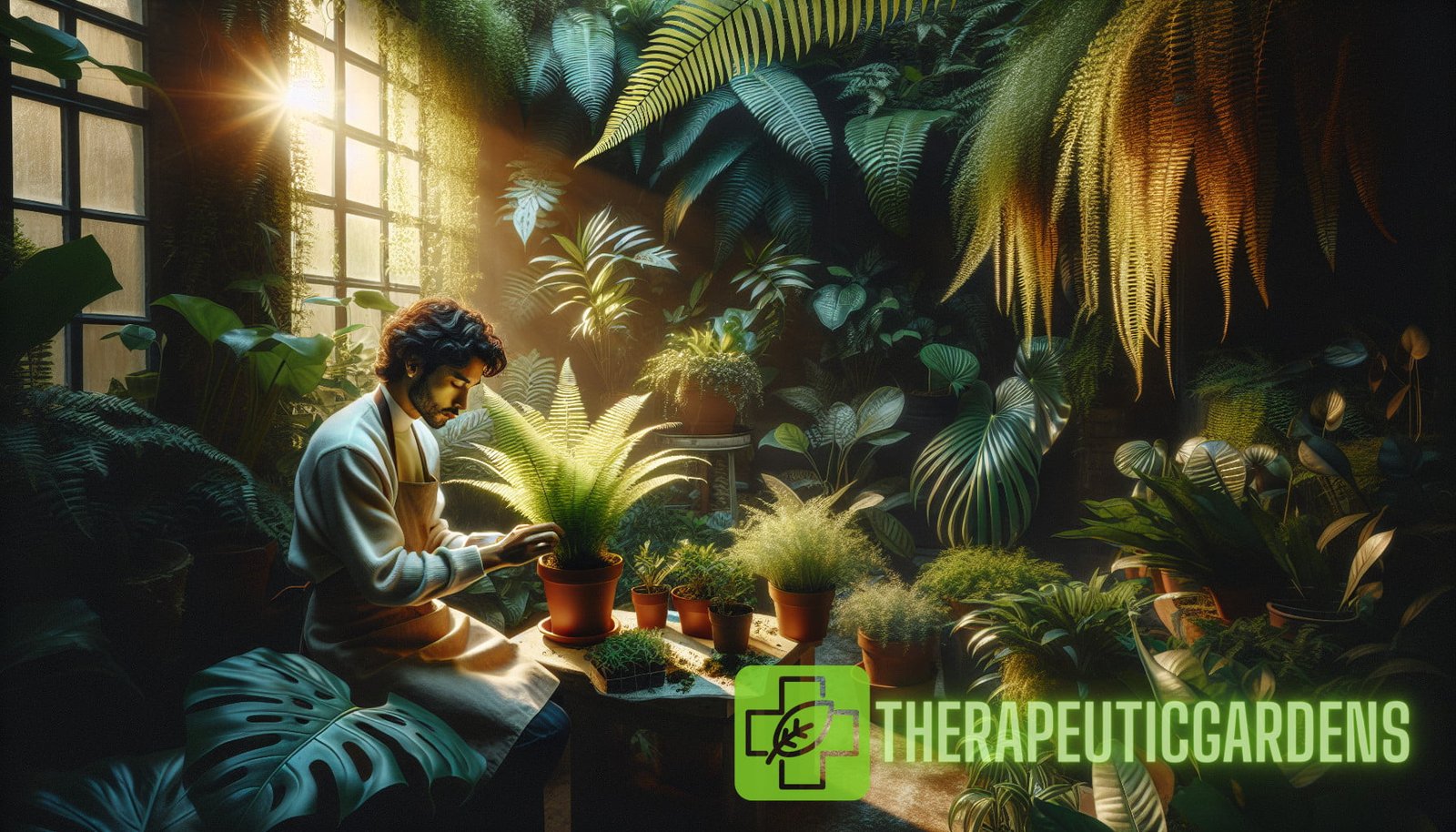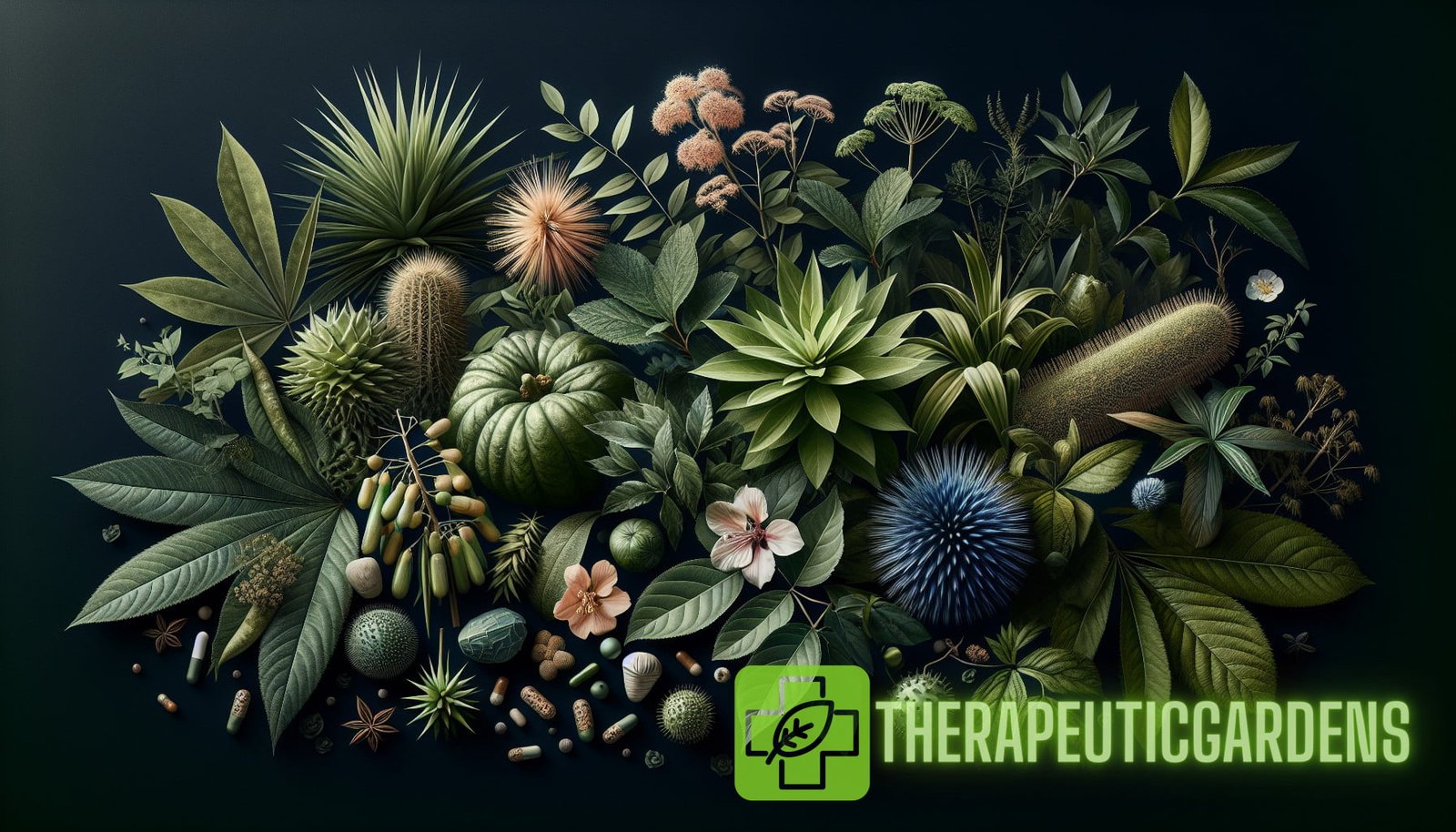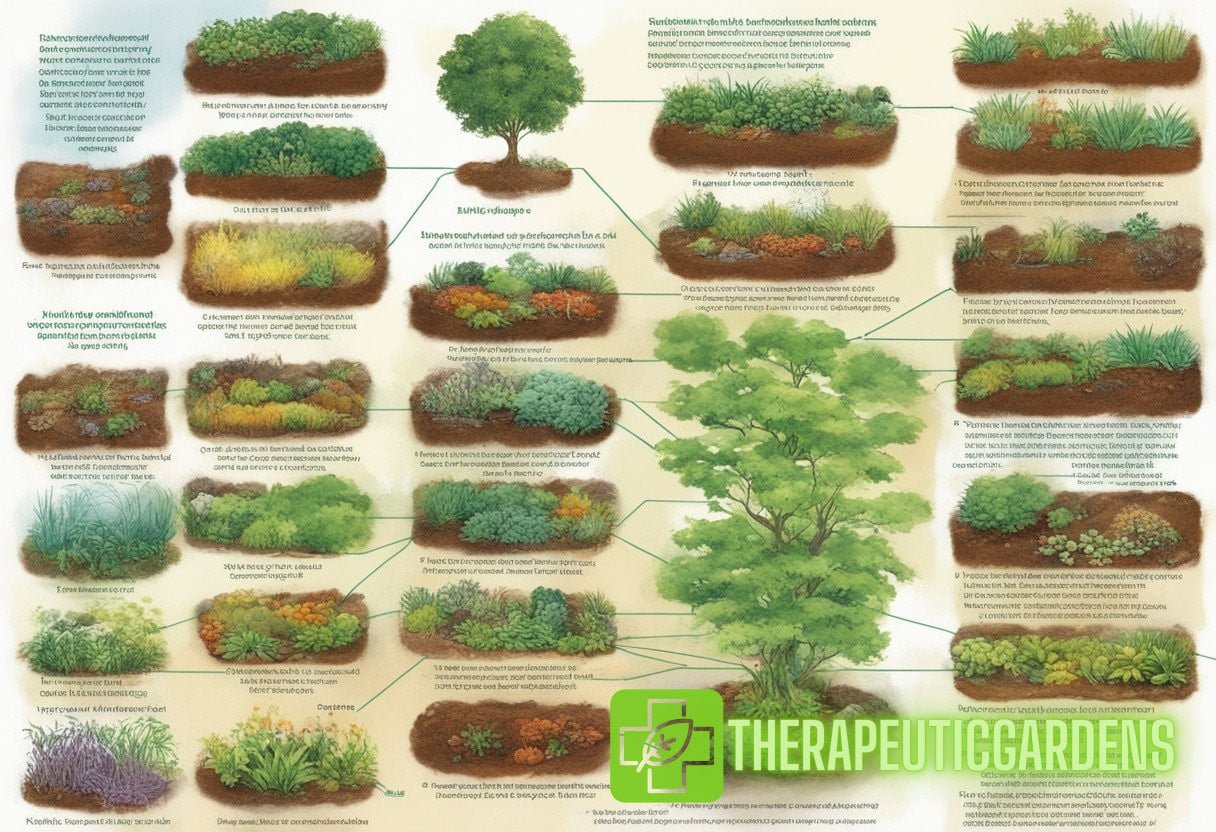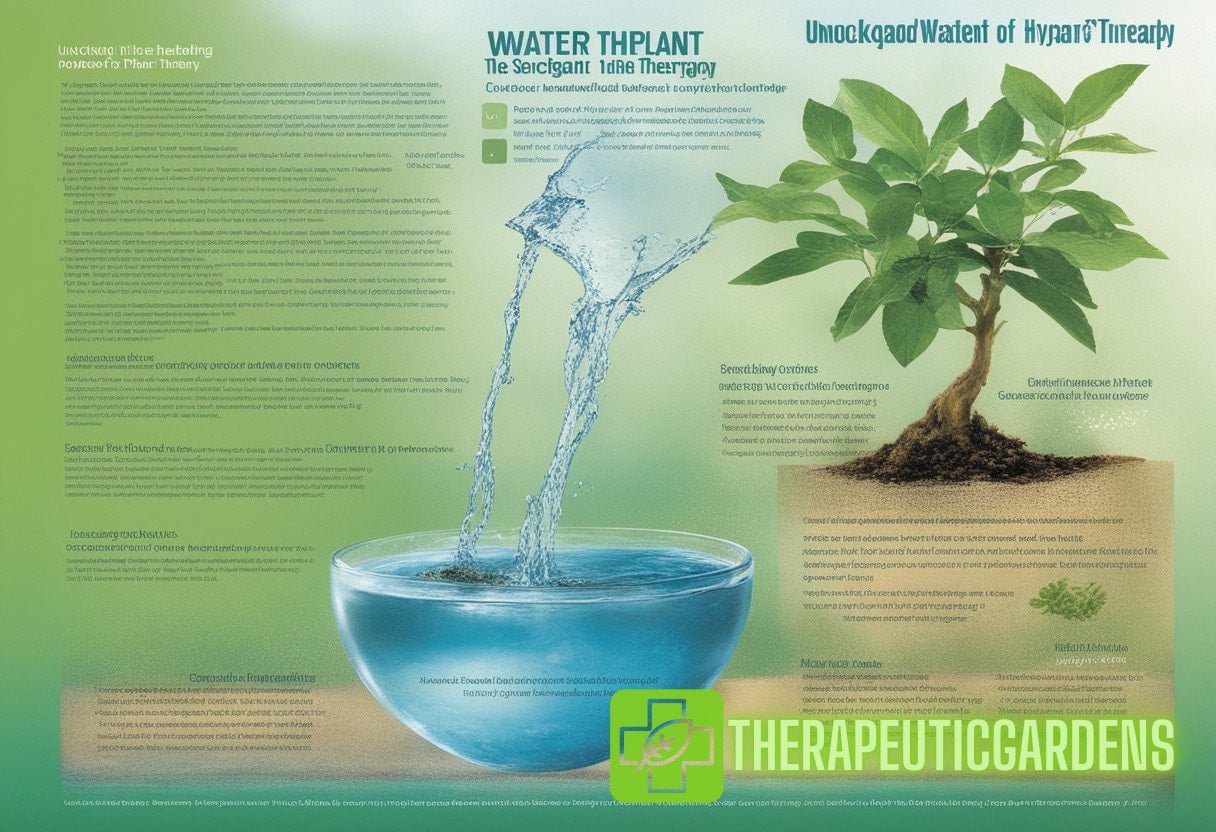Plant Therapy: Understanding the Health Benefits of Therapeutic Plants
Therapeutic plants have been used for centuries to promote healing, relaxation, and overall well-being. These plants, also known as medicinal plants or herbal remedies, contain compounds that have a positive impact on our physical and mental health. In recent years, the popularity of plant therapy has surged as people seek natural alternatives to traditional medicine.
From soothing lavender to immune-boosting echinacea, there is a wide range of therapeutic plants that can be incorporated into our daily lives. In this article, we will explore the health benefits of these plants, their applications, and how we can utilize them to enhance our well-being.
The Science Behind Plant Therapy
Plant therapy, or herbal medicine, is the practice of using plants and their extracts to prevent and treat various health conditions. It is based on the belief that nature provides us with everything we need to maintain good health. Many cultures around the world have recognized the healing power of plants for centuries, and scientific research has now backed up these claims.
Therapeutic plants contain a wide variety of compounds, including essential oils, flavonoids, alkaloids, and other bioactive substances. These compounds work synergistically to produce therapeutic effects in the body. For example, essential oils extracted from plants are often used in aromatherapy to promote relaxation and relieve stress.
When we consume or apply therapeutic plants, these bioactive compounds interact with our body’s cells, tissues, and systems. They may boost our immune system, reduce inflammation, balance hormones, improve digestion, or alleviate pain. The specific effects depend on the plants and the compounds they contain.
The Health Benefits of Therapeutic Plants
There are countless therapeutic plants that offer a wide range of health benefits. Here are some well-known examples:
- Lavender: Lavender is renowned for its calming properties. It can help reduce anxiety, promote better sleep, and alleviate headaches. Lavender essential oil is commonly used in aromatherapy.
- Echinacea: Echinacea is widely used to strengthen the immune system and prevent colds and flu. It contains compounds that stimulate the production of white blood cells, which play a crucial role in fighting off infections.
- Peppermint: Peppermint has been used for centuries to soothe digestive issues such as indigestion, bloating, and nausea. It also has antimicrobial properties and can help relieve tension headaches when applied topically.
- Ginger: Ginger has long been used as a natural remedy for nausea and digestive discomfort. It can also help reduce inflammation, ease muscle pain, and support cardiovascular health.
- Chamomile: Chamomile has a calming effect on the nervous system and can help promote better sleep. It also has anti-inflammatory properties and can be used topically to soothe irritated skin.
These are just a few examples of the many therapeutic plants available. Each plant offers its unique set of health benefits, and they can often be used in combination for enhanced results.

Applications of Therapeutic Plants
Therapeutic plants can be used in various forms and applications, depending on the desired effect. Here are some common ways to incorporate them into your daily life:
- Aromatherapy: Essential oils derived from therapeutic plants can be diffused in the air or added to massage oils, baths, or lotions to promote relaxation and improve mood.
- Herbal teas: Many therapeutic plants can be brewed into teas that can be consumed daily to provide a range of health benefits. Examples include chamomile tea for relaxation and peppermint tea for digestion.
- Topical application: Some therapeutic plants can be applied directly to the skin as creams, ointments, or oils. This allows the bioactive compounds to penetrate the skin and provide localized relief. For example, aloe vera gel can be used to soothe sunburns.
- Supplements: Therapeutic plants are also available in the form of supplements, such as capsules or tinctures. These concentrated extracts provide a convenient way to access the health benefits of plants.
- Culinary uses: Many therapeutic plants, such as ginger and turmeric, can be incorporated into cooking to add flavor and enhance the nutritional value of meals.
It is essential to note that while therapeutic plants are generally safe, it is important to consult with a healthcare professional before starting any new herbal remedies, especially if you have underlying medical conditions or are taking medications.
Creating a Therapeutic Garden
If you are interested in harnessing the healing power of therapeutic plants, consider creating a therapeutic garden. A therapeutic garden is designed to promote relaxation, meditation, and overall well-being. Here are some tips for creating your own therapeutic garden:
| 1. Choose the right plants | 2. Design for relaxation | 3. Create sensory experiences |
|---|---|---|
| Research and select plants that offer the specific health benefits you are looking for. Consider factors such as sunlight, soil conditions, and maintenance requirements. | Create different areas within your garden for relaxation, meditation, and reflection. Incorporate comfortable seating, shaded areas, and elements such as water features or wind chimes. | Choose plants with different textures, colors, and fragrances to engage all your senses. Include plants with soothing aromas like lavender or rosemary. |
A therapeutic garden can serve as a tranquil space where you can connect with nature, reduce stress, and improve your mental well-being.
Conclusion
Therapeutic plants offer a natural and holistic approach to enhance our health and well-being. Whether used in aromatherapy, herbal teas, or topical applications, these plants provide a wide range of benefits, from relieving stress to boosting our immune system. With proper research and guidance, you can incorporate therapeutic plants into your daily life and experience their transformative effects.
For more information on therapeutic plants and creating a therapeutic garden, check out the article available at https://therapeuticgardens.store/therapeutic-plants/discover-the-healing-power-of-these-top-therapeutic-plants-for-your-garden/.



